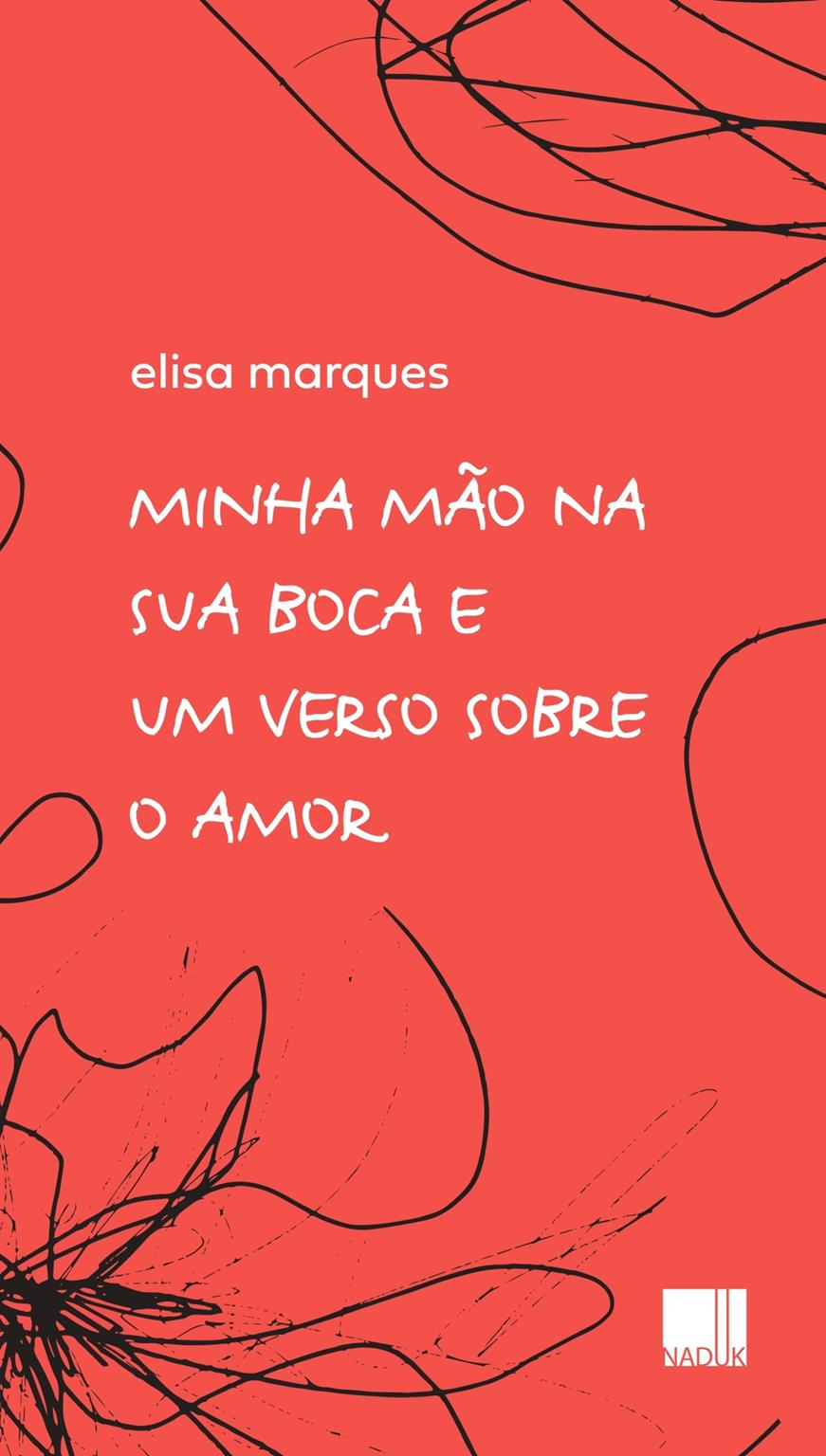
In “Minha mão na sua boca e um verso sobre o amor,” author Elisa Marques transforms modern romantic experiences into poetry, addressing everything from waiting for text messages to reading astrological charts of future partners. With 78 poems, the book offers a contemporary and intimate view of one of humanity’s most universal themes: love.
Divided into chapters, the work explores the various phases of a relationship, from the intense and joyful beginnings in poems like “meu estilo literário é você” to the frustrations and unmet expectations in “eu ainda não te escrevi coisas ruins.” Combining fiction and autobiography, Marques navigates her romantic experiences, capturing the innocence of first dates and the personal growth that results from heartbreaks.
With passionate declarations and cultural references ranging from Rita Lee’s music to Beethoven’s compositions, Marques creates a rich and varied mélange. The work also pays tribute to poet Emily Dickinson and her relationship with Susan Gilbert, addressing the depth and ambiguities of human connections. Complemented by illustrations by Thales Campos and a preface by Luca Brandão, “Minha mão na sua boca e um verso sobre o amor” celebrates the intensity of romantic relationships, especially sapphic love, with an endorsement from best-selling author Guilherme Pintto.
How did the idea for “Minha mão na sua boca e um verso sobre o amor” come about? What were your main inspirations?
I draw from my life for the poems I write. There’s always a little piece of me in them. In this book, there are unfinished romances, frustrated expectations, loves that didn’t flourish. There are experiences common to everyone when it comes to romantic love. I wanted to write a book that would make readers want to read it again, with pages they could return to.
You mentioned that the book is a mixture of fiction and autobiography. How did you balance these two elements in creating the poems?
An autobiographical work respects the story being told – I write from what I’ve lived. In fiction, the narrative is imaginary – everything is creation. In autofiction, which is the blend of fiction and autobiography, the text comes first. The poem starts from a personal experience, but it builds from there based on what it gives me. The poem speaks. The balance of these two elements comes precisely from knowing which one to listen to.
The work is divided into chapters that span different stages of a relationship. How was the process of selecting and organizing these poems to reflect this emotional journey?
At the end of writing a book (or when I think I’ve reached the end), I like to see my work printed, spread across the floor of my house, divided into piles that express the feelings/emotions I feel when reading each poem. From there, I translate into one or two verses what each compilation represents (here come the titles of each chapter). This whole process makes me a little impatient because it always seems like I want to change something, swap a poem from one chapter to another, change titles, verses, words, sometimes even try to be another type of author haha these doubts are part of the editorial process, so I’ve been learning to deal with them.
You make references to figures like Emily Dickinson and Rita Lee. How did these influences shape the themes and style of your book?
I write from myself. From what I feel. Therefore, everything I observe influences in some way the construction of my writing. From listening to music or watching a series – examples from the question – to bumps in the street and overheard conversations. Citing these more well-known figures ended up being a consequence of the exchanges I have with people and the world around me.
The illustrations by Thales Campos complement your poetry. How was the collaboration with the illustrator and how do the images enrich the reader’s experience?
I am an advocate for illustrated poetry books. My book could exist without images, but I don’t think it would have the same visual strength. Thales’ work gives a new meaning to mine. The illustrations become points of safety in the book. They don’t come to reinforce something already said; they come to say something else that the poem hasn’t said yet. The reader, if a good observer and interpreter, gains a new reading experience when there is writing and image in the same work.

In the preface, Luca Brandão and Guilherme Pintto endorse your work. What do these endorsements mean to you and how have they impacted the reception of the book?
Since my first book, one of my biggest goals was to have my work endorsed by writers I admire, writers whose works challenge me as an author. I was very inspired by Luca and Guilherme. Their writing style brought changes to my work. And of course, having two authors already known to the public supporting me definitely burst my bubble and helped more readers discover my book.
You studied Journalism and Psychology in the United States. How did these studies influence your writing and literary approach?
I studied journalism because I wanted to be a writer. Of course, I only discovered this later, but it was an almost unconscious choice. The profession taught me to observe others beyond what they tell me. Paying attention continues to be my most important tool in writing. In psychology, I learned a lot about relationships. Not only with others, but our relationship with our own body, our own thoughts, and how all of this reverberates in the exchange with someone. This knowledge brought a greater sensitivity to Elisa the writer, almost an unusual concern in choosing the words that build the poem.
Your first book, “Até minha terapeuta sente falta de você,” was very well received. What lessons or feedback from this previous work did you bring to “Minha mão na sua boca e um verso sobre o amor”?
Today I understand that the writer’s work goes far beyond writing good books. My biggest difficulty as an independent author launching her first book was promoting the work after it was published. How do I get my readers to find me? As soon as I started thinking about the editorial production of the second book, this was a point where I banged my head a lot. It’s a slow process, I took a long time to understand that.
Besides literature, you also work with cinema as a screenwriter and director. How do these different forms of art complement each other in your creative life?
Writing is in everything I do. My work in audiovisuals came from the desire to write for formats other than books. So from writing a project for a grant, to interviewing the protagonist of a documentary, through writing the script and editing the film (which is also a form of writing), everything involves the art of writing. I split my time between literature and cinema, so I am daily in contact with writing. This fills my life in ways I might not even know how to explain to you.
“Minha mão na sua boca e um verso sobre o amor” will be adapted for audiovisual media. What can we expect from this adaptation and how has the process of transposing your poetry to a new medium been?
I have always been in contact with cinema because of my work as a filmmaker, but this is my most difficult project and the closest to my heart. The film has already been shot and now I am in the editing process, which involves making decisions about which scenes stay and which scenes are discarded. After watching what was filmed several times, I can say that readers can expect a spoken poetry quite different from the usual. I also mix fiction and autobiography in the script, with scenes created from scratch along with recitations of poems already known to the public. It’s a project that I am very proud to be doing.
Follow Elisa Marques on Instagram


